
Amazing Nature
14 February 2022 ( 186 views )

Advertisements
The northern pygmy owl (Glaucidium californicum) is a small owl native to western North America.
Photo by by Anthony Bucci.
Adults are 15–17 cm in overall length and are gray, brownish-gray or rufous in colour. This owl has a round white-spotted head, weakly defined facial disc, and dark upper breast, wings and tail, the latter quite long compared to other owls. The eyes are yellow and the bill is yellowish-green. The bird has two black nape spots outlined in white on the back of its head, which look like eyes. The mid to lower breast is white with darker vertical streaking. Legs are feathered down to the four well-armed toes on each foot.
Breeding
They usually nest in a tree cavity and will often use old woodpecker holes. The female lays 2–7 eggs, typically 4–6. Nest tree species may include Douglas fir, western redcedar, western hemlock and red alder. Early in the breeding cycle males establish and defend a territory of perhaps 250 hectares (about 1 sq. mi.).
During the breeding cycle the female incubates the eggs, broods the young and guards the nest. The male hunts, making food deliveries approximately every 2 hours. The male must feed his mate, the young (typically 5) and himself. The male hunts from dawn to dusk as the young near fledging, and during the first weeks after they leave the nest.
The young leave the nest (fledge) by making an initial flight that may be a short hop to a nearby branch, or an explosive burst into an adjacent tree where they land by grasping whatever branch is first contacted, sometimes clinging upside-down. Owls at this stage are sometimes called "branchers" for their clinging, dangling and climbing behaviors. The second day after fledging, the young gradually climb and fly upward into the forest canopy, where they spend their first few weeks, at times perched "shoulder-to-shoulder" with their siblings, begging for food.
Despite many statements in popular literature, no reliable information exists on the seasonal movements of this species. It is not known whether these pygmy-owls maintain the same territory or same mate year to year, though these questions are being investigated. Dispersal of young and influences on their mortality are also poorly known, though barred owls and spotted owls are known to prey on pygmy owls.
Recommended Videos
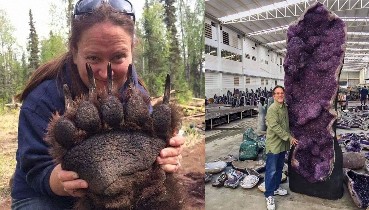 30 Nature And Wonderful Photos “Wow This Is Fascinating”1711 views
30 Nature And Wonderful Photos “Wow This Is Fascinating”1711 views No leaves or chlorophyll are visible on Hydnora africana plants.571 views
No leaves or chlorophyll are visible on Hydnora africana plants.571 views-
Advertisements
 25 Ridiculous Male Fashion Designs1570 views
25 Ridiculous Male Fashion Designs1570 views 10 Natural Ways to Build Healthy Bones747 views
10 Natural Ways to Build Healthy Bones747 views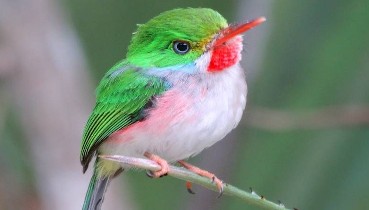 Cuban Tody: Hummingbird-Sized Jewel Of The Caribbean1159 views
Cuban Tody: Hummingbird-Sized Jewel Of The Caribbean1159 views 9,500-Year-Old Tree Found in Sweden Is The World’s Oldest Tree145 views
9,500-Year-Old Tree Found in Sweden Is The World’s Oldest Tree145 views Sagano Bamboo Forest In Kyoto, Japan338 views
Sagano Bamboo Forest In Kyoto, Japan338 views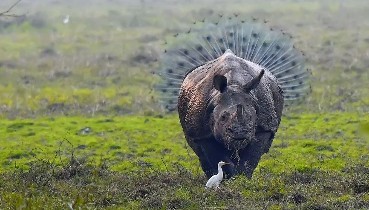 20+ Funniest Wildlife Photos Of 2018 Have Been Announced, And They Will Make Your Day113 views
20+ Funniest Wildlife Photos Of 2018 Have Been Announced, And They Will Make Your Day113 views
Advertisements
You may also like
 THESE DAZZLING ROCK FORMATIONS STAND WHERE DINOSAURS ONCE ROAMED
THESE DAZZLING ROCK FORMATIONS STAND WHERE DINOSAURS ONCE ROAMED  Tens of Thousands of 12,000-Year-Old Rock Paintings Found in Colombia
Tens of Thousands of 12,000-Year-Old Rock Paintings Found in Colombia 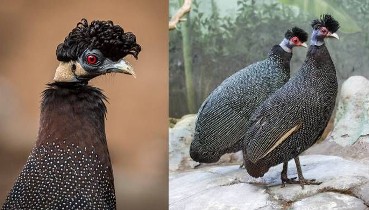 The crested guineafowl (Guttera pucherani) is a member of the Numididae, the guineafowl bird family.
The crested guineafowl (Guttera pucherani) is a member of the Numididae, the guineafowl bird family. 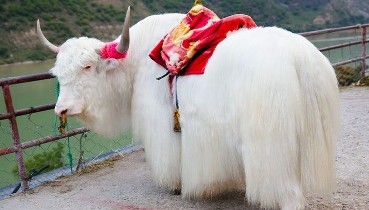 Tibetan White Yak – The Snow-White Yak Is The Rarest Color Phase Of Yak In The World
Tibetan White Yak – The Snow-White Yak Is The Rarest Color Phase Of Yak In The World